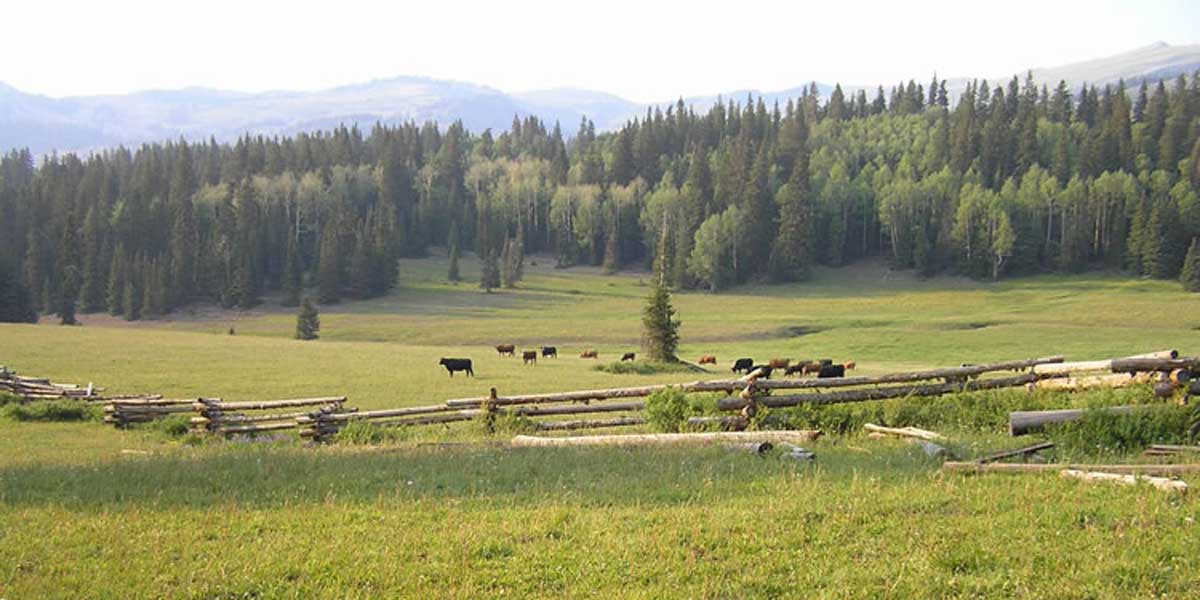A new, easy-to-use mapping technology will benefit wildlife, habitat, livestock, land managers and ranchers alike. The Rangeland Analysis Platform (RAP) allows users to instantaneously visualize and estimate the percent vegetation cover of annual grasses and forbs, perennial grasses and forbs, shrubs, trees, and bare ground.
Powered by Google Earth Engine, the Rangeland Analysis Platform (RAP) is an interactive web application designed to assist in managing and monitoring America’s valuable rangelands. This free tool allows users to instantaneously visualize and estimate the percent vegetation cover of annual grasses and forbs, perennial grasses and forbs, shrubs, trees and bare ground.
The Rocky Mountain Elk Foundation is a proud supporter in the development of the technology that will help landowners, conservationists and managers protect and enhance western grazing lands.
“I’ve waited my whole career for this kind of tool,” says Shane Green, USDA Natural Resources Conservation Service (NRCS) range management specialist in Utah. “It provides the context for landscape planning that’s been lacking in the rangeland profession.”
The app is available for free at rangelands.app. Learn more about how to use it during a webinar at 12 pm EST on September 25, 2018.
Why RAP is important to elk and the RMEF:
- The vast grazing lands that span the western states are irreplaceable assets that produce food, support rural economies, generate recreation revenues and sustain wildlife. Managing land for livestock and wildlife requires understanding how vegetation responds to human- or natural-caused changes through time, such as drought, irrigation, grazing or wildfire.
- Grazing lands provide critical forage and habitat for elk and other wildlife throughout the year. The RAP offers a unique, science-based approach to manage and monitor important habitats across the West. For example, the online application supplies data and maps to assess how forage plants responded to a recent wildfire or if a noxious weed treatment was effective.
- RMEF supports active land management, based on sound science, and encourages partners to look at incorporating RAP as a beneficial tool in the toolbox of land managers.
RAP is the creation of the University of Montana in partnership with the USDA and the U.S. Department of Interior.
Find more information here.
(Photo source: U.S. Department of Agriculture)
